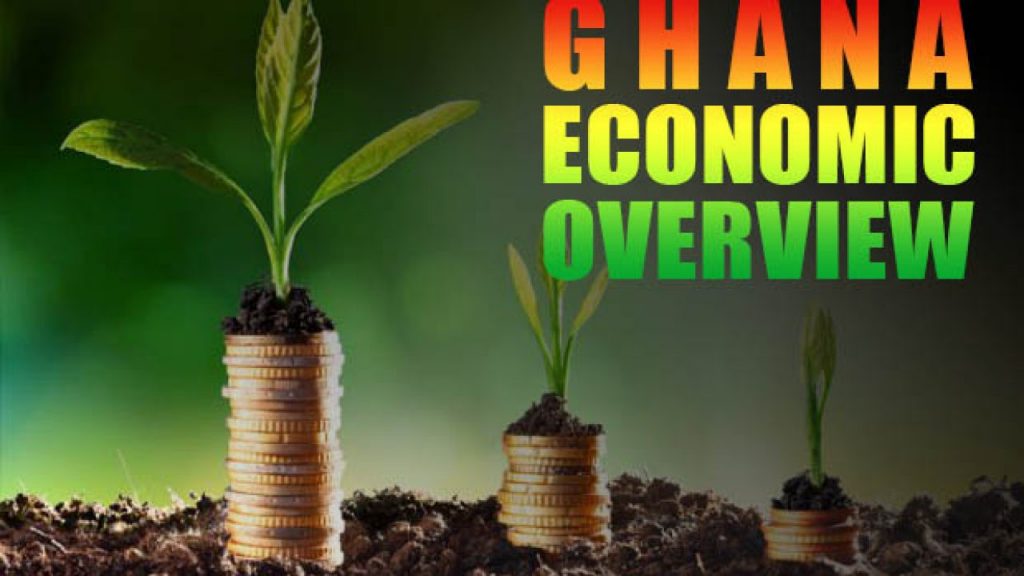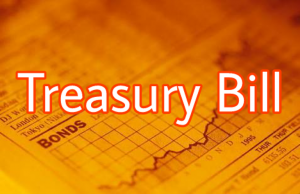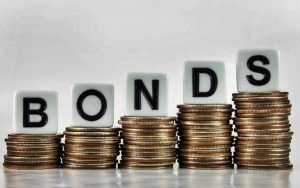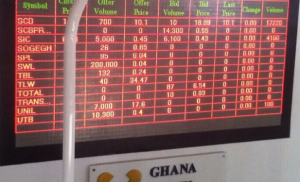Ghana’s ongoing economic rebound, after suffering its first recession in over three decades last year, reached a crescendo during the second quarter of this year, reaching 8.9 percent of Gross Domestic Product. Ahead of the official release of 2nd quarter of 2021 economic growth data by the Ghana Statistical Service – expected this or next week – President Nana Akufo Addo himself revealed this key data last week while making a marketing pitch for foreign direct investment in Ghana, to international investors while on his recent official working visit to Germany.
He did not provide any further details of the structure of this economic growth surge, or of its sector drivers, this suggesting that the GSS is still compiling its 2nd quarter growth report for release to the public. Nevertheless the key statistic revealed by the President indicates that Ghana is enjoying its fastest growth since its world beating full year growth of 14.4 percent achieved in 2011 on the back of the commencement of production from its first commercial oilfield, Jubilee, in December 2010. Indeed it is Ghana’s second best growth rate since the commencement of Ghana’s 4th Republic at the start of 1993.
To be sure, the latest economic growth data is in part the result of base drift effects; it has been computed using GDP as at the end of June last year as its base, a time at which the economy had just suffered a 3.2 percent contraction caused by the outbreak of the COVID 19 global pandemic in Ghana and the requisite public policy responses to contain its spread, comprising severe socio-economic restrictions including a three week lock down of Greater Accra and Greater Kumasi, the country’s two biggest economic activity hubs.
Nevertheless the 2nd quarter growth still reflects a stupendous turn around; the 3.2 percent contraction during the corresponding quarter of 2020 was followed by another 1.1 percent contraction for the 3rd quarter these fulfilling the formal definition of an economic recession (this being economic contractions over two consecutive quarters).
The economic rebound began during the last quarter of 2020 with 3.3 percent growth (this enabling marginal full year growth of 0.9 percent at a time full year economic contractions were the fate of most countries as COVID 19 afflicted economic performance all around the world.
Ghana’s economic growth for the 1st quarter of 2021 was 3.1 percent, minor eliciting disappointment from government and its supporters and major self-justification from opponents and non-partisan economic analysts who had asserted that government’s full year 2021 growth target of 5.0 percent was overly ambitious.
However the surge in 2nd quarter growth had been predicted by analysts (including this newspaper) who had used early data signals from several sources. . Most instructively of all, the central bank’s Composite Index of Economic Activity, CIEA recorded an increase of 33.1 percent for the 12 months up to May, its biggest recorded year on year increase to date.
Instructively the CIEA’s unprecedented 10.2 percent contraction recorded for the 12 month period up to May 2020 translated to a 3.2 percent economic contraction for the second quarter of last year. Although the much smaller increase in the CIEA for the third quarter of the year unexpectedly still translated into another economic contraction, it was much smaller at 1.1 percent and statisticians point out that this in actual fact supports the quantitative correlation between the index and the GSS economic growth computations.
Economists, using basic back of the envelope quantitative correlations, pointed out that this would imply that the latest 33.1 percent increase in the index suggested a close to 10 percent economic growth rate for the second quarter of this year. However most economists concurred that such speculative computations are both overly simplistic and overly optimistic; but nevertheless they also agreed that it shows that Ghana’s economic growth would not only accelerate beyond the 3.1 percent achieved for the first quarter of this year, but would also most certainly exceed the 5.1 percent targeted for the full year 2021 at this year’s mid-year budget review.
While the CIEA tracks changes in the level of economic activity, economic growth as measured by the GSS measures changes in the value of the economy resulting from such economic activity. Although differently measured, both tend to move in the same direction with some degree of quantitative correlation.
Actually, the marginal upward revision in government’s economic growth projections for the full year, reflected the optimism derived from the latest CIEA as well as other recently emerged data. Some economists believe that government may have erred on the side of caution by only revising its full year growth projections upward by just 10 basis points. The most optimistic projections now go as high as 7.0 percent although this is by a small minority.
Besides this the Purchasing Managers Index, which tracks inventory accumulation as a means of assessing the level of business activity also grew strongly in June, even as the Association of Ghana Industries reported increased optimism and activity in a poll of business owners and managers called the AGI Business Barometer.
However government may have been right in its conservative mid-year upward growth target revision. This is because clear signs are emerging that Ghana’s output gap, created last year by the economic effects of COVID 19, has been bridged. This means that deliberate monetary easing by the BoG and the fiscal stimulus by government itself, which in combination enabled Ghana to avoid a full year economic contraction last year, and which has fuelled accelerated economic growth since then, can no longer be applied without adverse effects on the country’s macroeconomic stability.
As the country’s output gap fades away sharply increased money supply injected last year to ameliorate the economic slump caused by COVID 19 has begun feeding into inflation and cedi depreciation.
The first vivid signs of the problem were illustrated by a surge in consumer price inflation to 9.8 percent for July up from 7.6 percent in June. They are now being confirmed by the sharpest cedi depreciation since the viral outbreak arrived in Ghana early last year.
The biggest injection of dollars yet by Ghana’s central bank failed to stem the cedi’s slide on Wednesday last week amid a surge in foreign-currency demand from importers.
The Ghanaian currency dropped 1.6% to 6.03 a dollar by 11:52 a.m. in Accra, poised for the weakest close on record. That erased the 1.4% gain on Tuesday after the Bank of Ghana – proactively foreseeing the impending exchange rate pressures – tripled the amount of dollars offered at its forward-rate auction to US$75 million, the most since the sales began in 2019.
“Business activity in general is bouncing back, and that’s what is driving the demand” for dollars, Gabriel Engmann, a currency trader at GCB Bank Ltd. in Accra, said by phone. “A lot of companies that were down are picking up. We are getting demand from the commerce and manufacturing sector.”
The cedi has weakened every month since May as an economic revival following the pandemic spurred companies to soak up dollars to purchase goods to expand.
The effect of sharp economic growth that has closed the output gap created last year by COVID 19 is further illuminated by data showing that the country’s trade surplus narrowed to 1.2% of gross domestic product in the first half of 2021 from 1.5% a year earlier as imports increased, confirming rising demand for foreign exchange.
Over the past couple of months the BoG has suspended any further monetary easing – it retained its benchmark Monetary Policy Rate at 13.5 percent in July – and government is only too happy to suspend any further fiscal stimulus spending to help its fiscal consolidation efforts.
This means economic growth is likely to slow from the second quarter high during the second half of this year. Nevertheless, barring any major economic shocks from abroad or a dramatic increase in the spread of COVID 19 between now and the end of the year, Ghana can look forward to one of the best economic growth rates in Africa for the full year 2021.




